This view was acquired on August 19, 2015, from a distance of 915 miles (1,470 kilometers). The resolution of the image is 450 feet (140 meters) per pixel.
#
Wszystko
Najnowsze
Archiwum
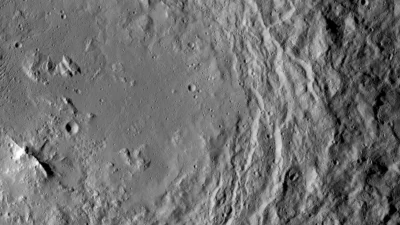
źródło: comment_4y10cyaeAPTCaPfbmjv435KLyS9h9F8W.jpg
Pobierz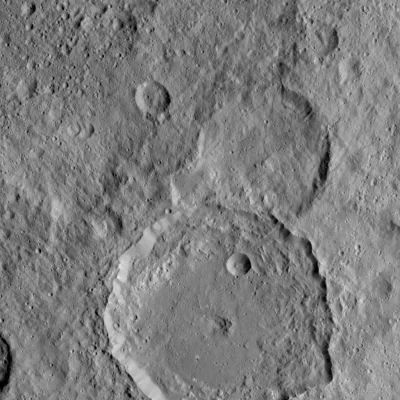
źródło: comment_L7PlJ89HRCbCIV0iMH0cnq0rr4zIarGr.jpg
Pobierz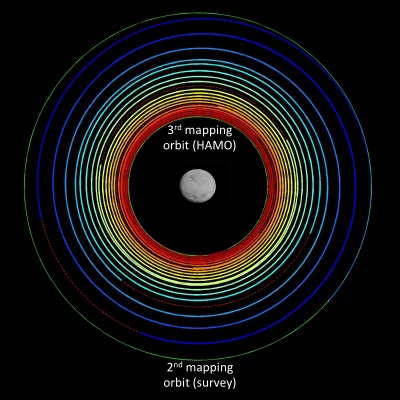
źródło: comment_VGGccJiV4yyfYHhtqCu9nI7LQbBA6dSM.jpg
Pobierz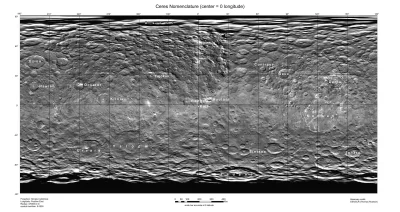
źródło: comment_YlKOQGEMXVWebwxM3JVpQxUoArSOse3C.jpg
Pobierz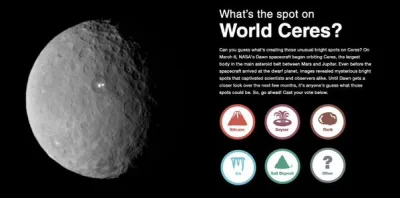
źródło: comment_fTUy6jcfuZqKLqBE6vw6yLp2YSvMSde8.jpg
Pobierz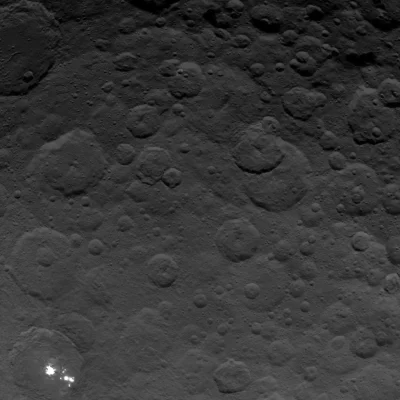
źródło: comment_OuGz9oEZomSdIJ9vYMngFWQG0wt7D4D1.jpg
Pobierz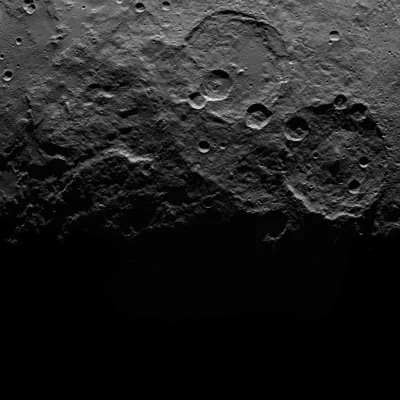
źródło: comment_g3jKfYiHhsLbn7ENwBIJaBjO4ywCtwfB.jpg
Pobierz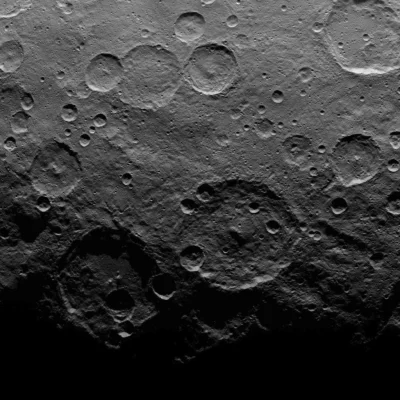
źródło: comment_z6PnhEcyex98hPwG5GhznbWuwX9P3b9X.jpg
Pobierz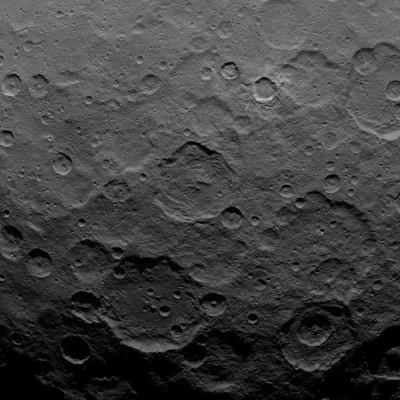
źródło: comment_HUBlzsSSkR0aASk44nN7yLvTtfENGBqt.jpg
Pobierz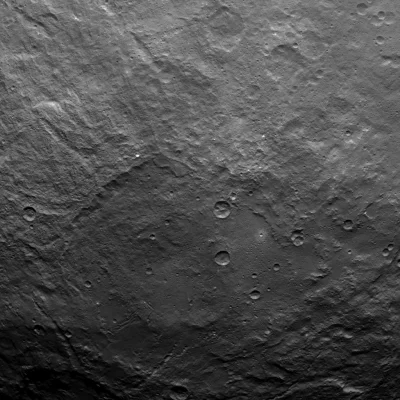
źródło: comment_hoyknrLbF0GvUzaVBiV42FWRD2qCJFsu.jpg
Pobierz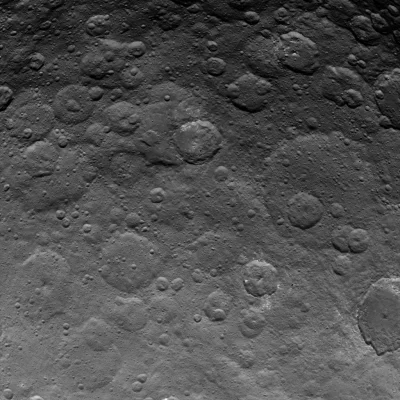
źródło: comment_Jcq4MbHzuOfAs91rr0hufvxH4wexkQxo.jpg
Pobierz
źródło: comment_yBHcTDv7vLyuYhlnzywDJHB1ca8Q4ZEi.jpg
Pobierz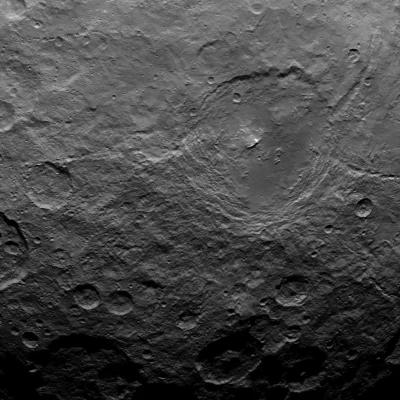
źródło: comment_vOo3ZQqgYjRPLWqF6o1dpBAA5Ixrz7Sh.jpg
Pobierz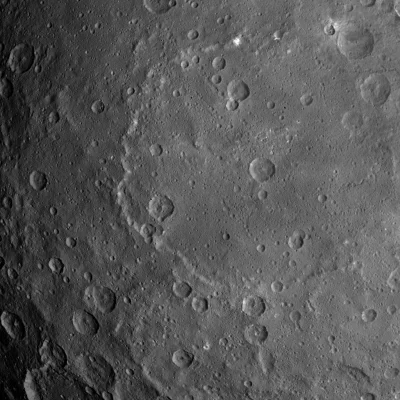
źródło: comment_cJCpSbsXpT0jszGtXMRcnakFDHxIKYsD.jpg
Pobierz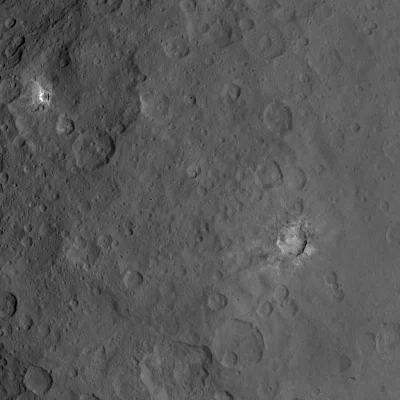
źródło: comment_RD9xb4MxHUuOY1VShPBJpANghNyfFJsV.jpg
Pobierz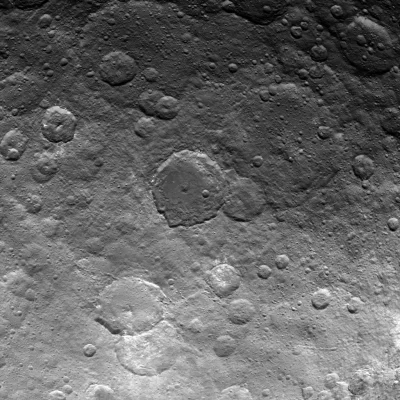
źródło: comment_u6yzy1WFfgyGxX7aEr3tsa0R4hlfnP4t.jpg
Pobierz1

In 2004 the Hubble Space telescope imaged a strange light emanating from the dwarf planet "Ceres". Located between Mars and Jupiter in our solar system's ast...
zRegulamin
Reklama
Kontakt
O nas
FAQ
Osiągnięcia
Ranking
The image was taken on August 19, 2015. The resolution of the image is 450 feet (140 meters) per pixel.
#ceres
źródło: comment_6UGED7XqXCdtUkKMlxUrzsXWNki0CH1m.jpg
Pobierz